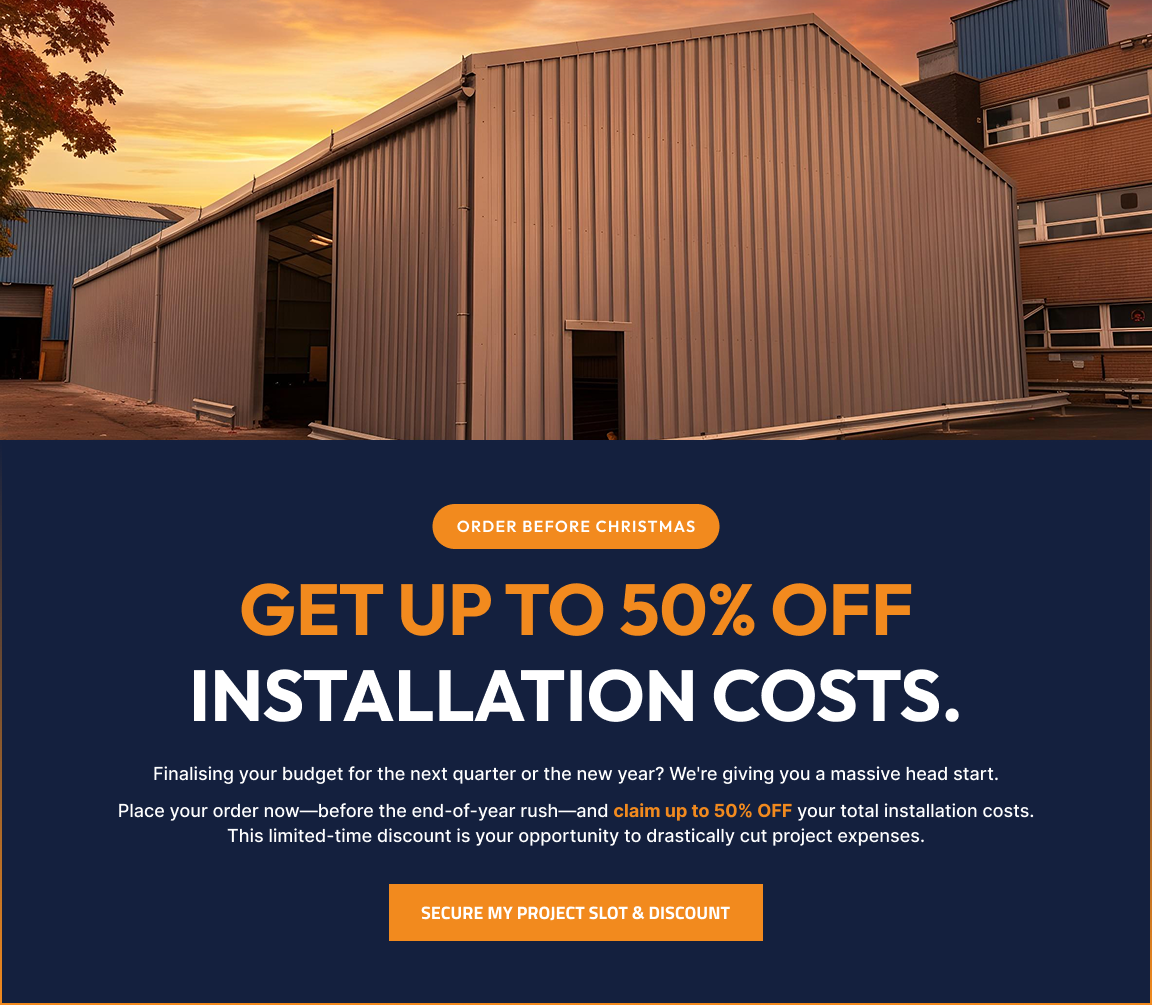As summer winds down and the final quarter approaches, many businesses are already turning their attention to 2026. Budgeting, forecasting, and resource planning are well underway. But before locking in decisions, it pays to take stock of where your operations stand today.
Autumn is an ideal time to conduct a practical audit of your business’s operational efficiency. Are your spaces working for you? Are workflows as smooth as they could be? Is your current infrastructure helping or hindering performance? An honest review now can help identify quick wins and inform better decisions for the year ahead.
Here are some key areas to evaluate with actionable tips to guide your autumn audit.
1. Review Space Usage and Suitability
Physical space is one of the most expensive and limiting factors in many businesses. Yet as organisations evolve through growth, new projects or seasonal shifts, it’s easy for space needs to get out of sync with reality.
Ask:
- Are your current spaces sized appropriately for your needs?
- Is there wasted space or underutilised capacity?
- Are you struggling with overcrowding, storage limitations, or poor layout?
- Could flexible space solutions better support your operations?
If your audit reveals a mismatch between current space and future needs, consider whether temporary or semi-permanent structures could provide a cost-effective way to adapt. This can help you stay agile without long-term commitments or expensive property moves.
Read more: When Does Renting Make More Sense Than Buying?
2. Assess Workflow Efficiency
Beyond physical space, examine how efficiently your teams and processes operate day-to-day. Look for bottlenecks or points of friction that slow productivity. You should evaluate a number of things, these include:
- Process steps: Are workflows clear, streamlined, and documented?
- Cross-team coordination: Are departments collaborating effectively?
- Equipment and storage: Does the layout support safe, logical movement of materials and people?
- Seasonal readiness: Are you prepared for Q4 peaks or changing customer needs?
Mapping your workflows visually can often uncover inefficiencies or simple layout adjustments that drive real gains.
3. Audit Equipment and Maintenance
Downtime caused by equipment failures or maintenance issues can disrupt even the best-laid operational plans. A proactive autumn check helps minimise surprises heading into the busy period.
- Inspect key equipment and machinery for wear and tear
- Check maintenance records – are any services overdue?
- Test safety systems, lighting, and heating (especially ahead of winter)
- Review storage conditions for sensitive stock or materials
A small investment in preventative maintenance now can save major headaches when operations are at their most critical.
4. Evaluate Flexibility and Scalability
As market conditions remain unpredictable, many businesses need operations that can flex with demand; whether that’s scaling up, down, or pivoting to new opportunities.
Your autumn audit should explore:
- How quickly can you adapt your space or layout if demand shifts?
- Are current leases or property arrangements limiting flexibility?
- Could renting space, equipment, or modular solutions offer more scalable options?
Temporary structures, in particular, can be a smart way to add capacity, support new projects, or test new locations without locking in permanent costs.
Did you know? Lauralu UK & Ireland offers several hire or buy options to facilitate your business needs.
5. Engage Your Team
No audit is complete without involving the people who know your operations best. Front-line staff and supervisors often have invaluable insights into what is and isn’t working.
Include them by:
- Running short surveys on operational pain points
- Holding informal workshops to gather feedback
- Encouraging suggestions for layout improvements or process tweaks
Changes driven by staff input tend to be more effective and better adopted in the long term.
Make Your Space Work Smarter Before Year-End
If your autumn audit highlights that your current facilities are limiting productivity or flexibility, Lauralu can help. Our temporary and semi-permanent building solutions give you the freedom to scale, adapt and optimise your space – without long-term costs or delays.
Whether you need additional storage, covered loading areas, or extra production space, we can design and install a structure tailored to your needs, quickly and with minimal disruption.
Contact Lauralu today to explore how flexible space can support your business for Q4 and beyond.
Like what you see?
Let’s build something together
Get in touch
Contact us at Lauralu for more information or advice regarding temporary buildings.
We can provide you with a free fast estimate or advice on temporary buildings.
